Page Speed and User Experience (UX): How to Impress Your Visitors
Page speed and UX will be important forces that will take brands a few steps ahead in the digital race of 2021. So where exactly will you be in this race?
Powerful tasks offered by Screpy experts and comprehensive analysis reporting from a single point will enable you to track the speed of more projects in a more practical way. We will talk about the contribution of all these to SEO exactly now. Ready to get started?
Start your 7-day free trial! No credit card required.
User Experience and Page Speed: You Are What You Offer!
UX refers to the experience of a user who enters your website, depending on all factors, from colors, buttons, font to the general theme, content to site speed. Page speed determines how quickly users can access the content they request.
Now consider the web of the Internet where millions of different pages are ranked for each keyword. How likely are you to give a chance more than once to a site that loads very slowly or responds very slowly to your interactions?
Let’s say: not much. Because there are websites with extremely rich content that will give you a perfect web experience by paying attention to UX on the internet. Moreover, this competition is valid for almost every sector.
Contrary to popular belief, web speed does not only affect e-commerce sites. Since e-commerce sites directly analyze behaviors such as adding a product to the chart or purchasing an item, the speed optimization of these sites is extremely valuable. However, the user who cannot get around through the categories even on a standard blog site becomes the user who will add +1 digits to the bounce rate tab in a short time.
What does bounce rate mean? Bounce rate refers to the rate of ‘’abandoning the website’’ of the user just before he or she enters it. As you can imagine, a website that is difficult to load or navigate between pages means a website with an increased bounce rate. So even if the traffic is high in the first process, low UX and low conversion negatively affect traffic and SEO over time.
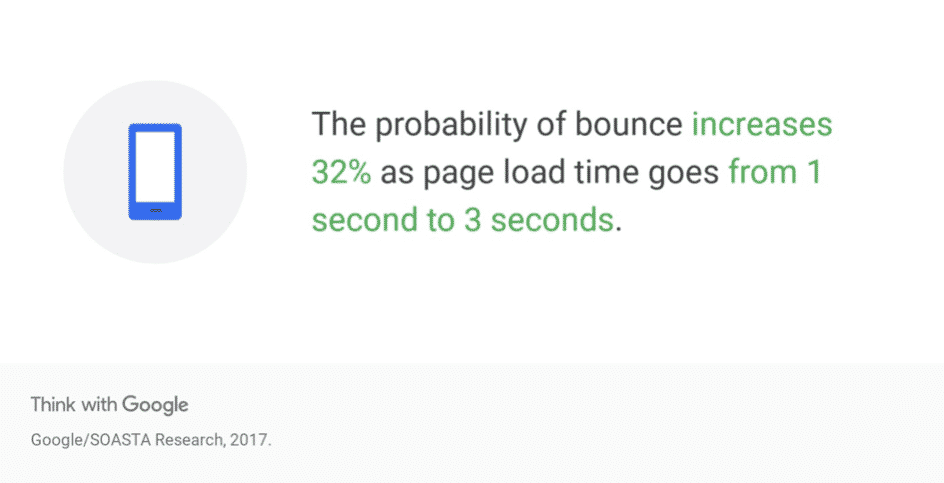
Page Speed Manages Brand Perception: Other Side of UX
User Experience also includes how a user feels about your brand’s product or service.
Remember that a YSL user feels special and an Adidas user feels modern and powerful, right? That is what we called brand psychology. The values you attribute to your brand will also affect the experience your customers get from the brands’ products.
Let’s meet a fact:
A fast web page also affects your brand prestige in the eyes of the user. According to a study, especially when e-commerce site users experience situations such as freezing, crashing, taking too long to load, they prefer not to make a purchase from that site. Because this negative experience leaves the users an impression that the website they are on is not professional and competent enough.
Did that seem too striking to you? The bottom line is that this doesn’t just apply to buying behavior. Unless you support the user’s experience on your website with strong page speed rates, you will forgo the professional appearance of your platform.
After all, which professional platform would be too careless to take the necessary measures for page speed?
There Is More To Talk About: Organic Search Rankings and Page Speed
Now, we now know very well that page speed is in constant interaction with the following concepts:
- User experience
- Bounce rate
- SEO (Search engine optimization)
- Purchasing behavior
- Conversion rates
- Organic traffic
What about organic search engine rankings? Imagine trying to boost your website’s SERP rankings by doing search engine optimization. Better rankings will mean the following:
- Getting more visibility with less need for extra SEM budget,
- To increase traffic organically,
- Increasing brand recognition,
- Increasing sales rates.
So, how does all this relate to SEO?
Google cares that the websites it offers for its users are platforms with high performance and powerful UX. That’s why Google Pagespeed tries to predict the performance of websites using various metrics that measure speed.
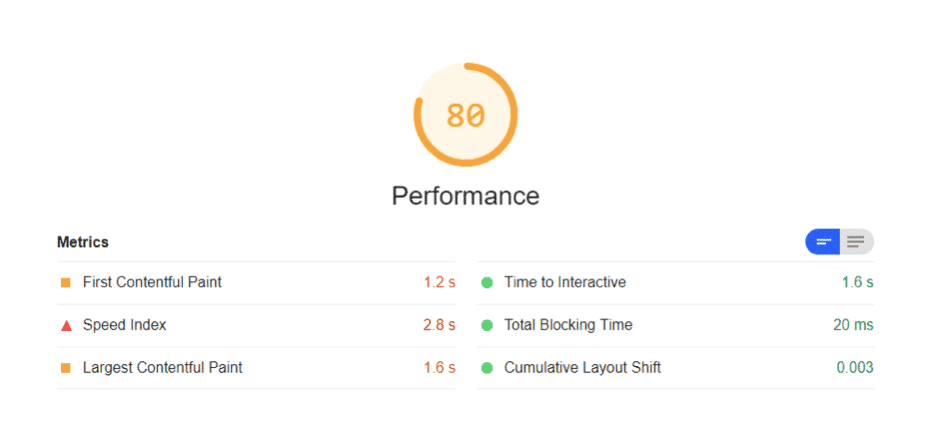
Would you like to take a look at how many seconds of page loading speed performances together create a theoretical UX? Let’s get started!
- 0.1 seconds: This number, which is one of the strongest page speed times, means a site that provides instant response. The user gets the chance to create a real interaction on such sites and gets the responses of the requested functions from the site very quickly.
- 1 second: User experience will have a slightly lower score than the previous option. In this type of experience, the user realizes that he or she is waiting for a short time, but they consider this wait as trivial and continue to visit the site.
- 10 seconds: Studies have found that the probability of the user to visit the site again decreases to even 75 percent in such page speed performances that require a long wait. Especially if this waiting takes place without any feedback, the brand image and user experience are damaged at the same time.
What About Visitor Behavior: UX, SEO, Conversion Rates
How can the speed a user encounters when visiting a website somehow affect their SEO score? With Screpy, are you ready to grasp the area where these three concepts affect each other in a special feedback loop?
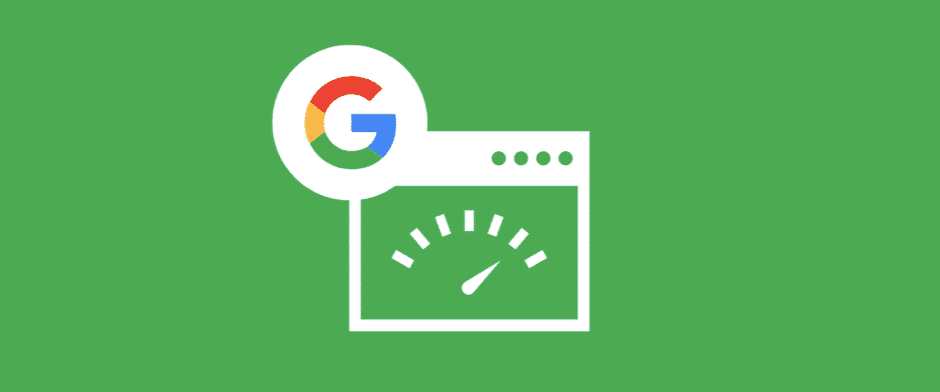
How does age speed performance affect user experience and SEO?
The page speed performance of a site directly affects the user’s experience on the site. This experience causes judgments to be made about the brand’s reputation and easily finding what they are looking for. When these judgments arise, the user organizes subsequent website behavior. Also, page speed performance is an important metric that is evaluated directly within Google Insights, according to Google’s official statements.
How is user experience is affected by page speed and how does it affect SEO?
User experience varies depending on the page speed performance. A low performance means low UX. Low UX generates the user’s request to leave the site. This means that the bounce rate increases. A website with a high bounce rate will have a low SEO score.
How is SEO affected by user experience and page speed?
Low SEO score can be caused by low page speed values or low UX scores. This prevents the web page from reaching high rankings in organic search result pages. This makes it difficult to attract user traffic to the website. In that scenario, a powerful UX experience is not provided and the traffic opportunity is missed.
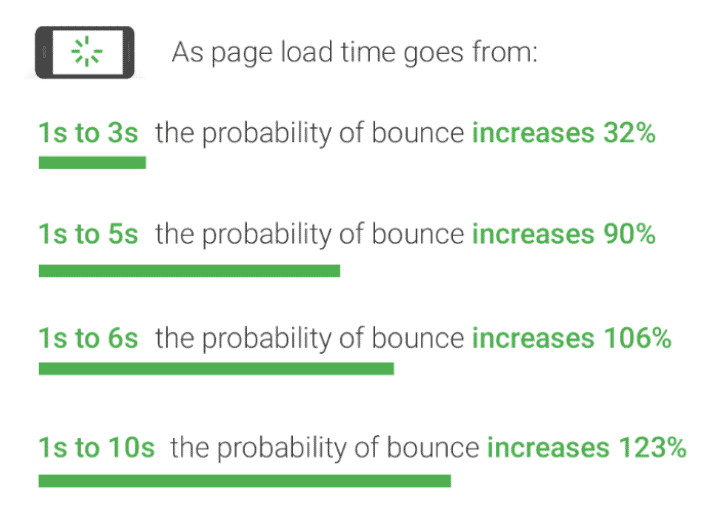
What Do Current Studies Say About The Relationship Between Page Speed and User Experience?
- The most recent studies showed that among e-commerce site users, those who experienced a 400-millisecond latency decrease their visiting behavior by 0.44 percent in the first three-week period and 0.76 percent in the second three-week period.
- Another study revealed that performing page speed only for the pc is a rather problematic strategy. That’s because, in the United States, 25 percent use phones as their primary internet access, while fifty percent of users in Africa and Asia only use mobile devices. So for a more powerful UX, page speed studies must focus on mobile.
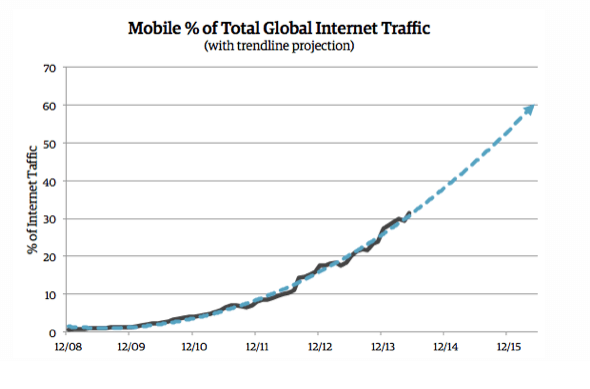
Another study found that 40 percent of users stop waiting on sites that do not load within two seconds. 85 percent of mobile users expect even higher than this speed.
Test Your Website Performance!
You can quickly analyze your site in a minute